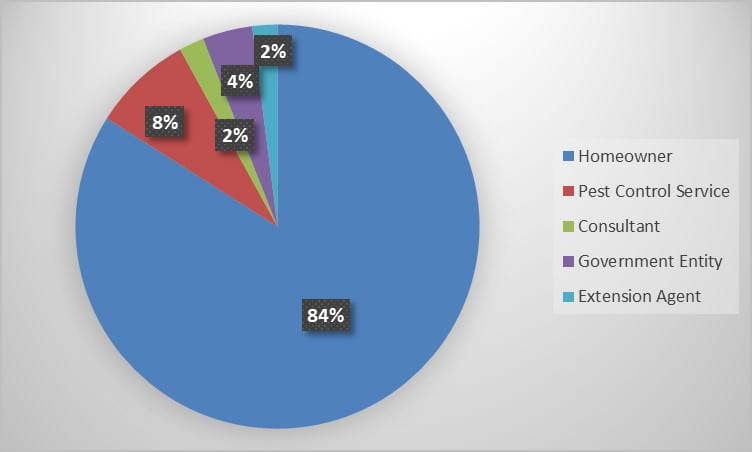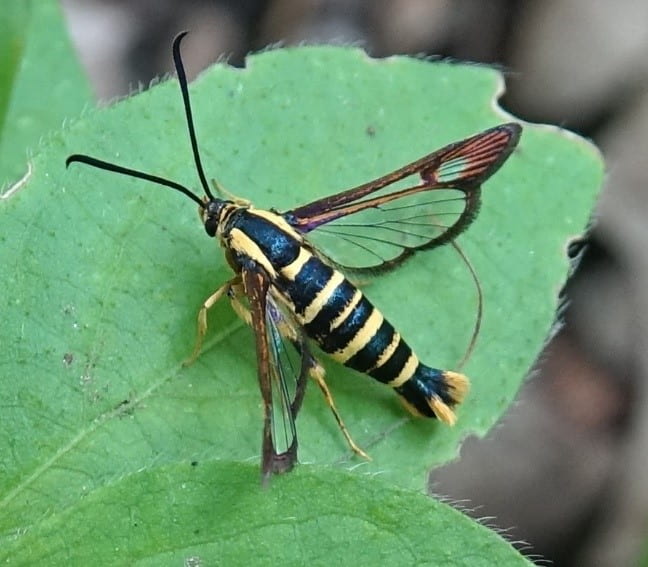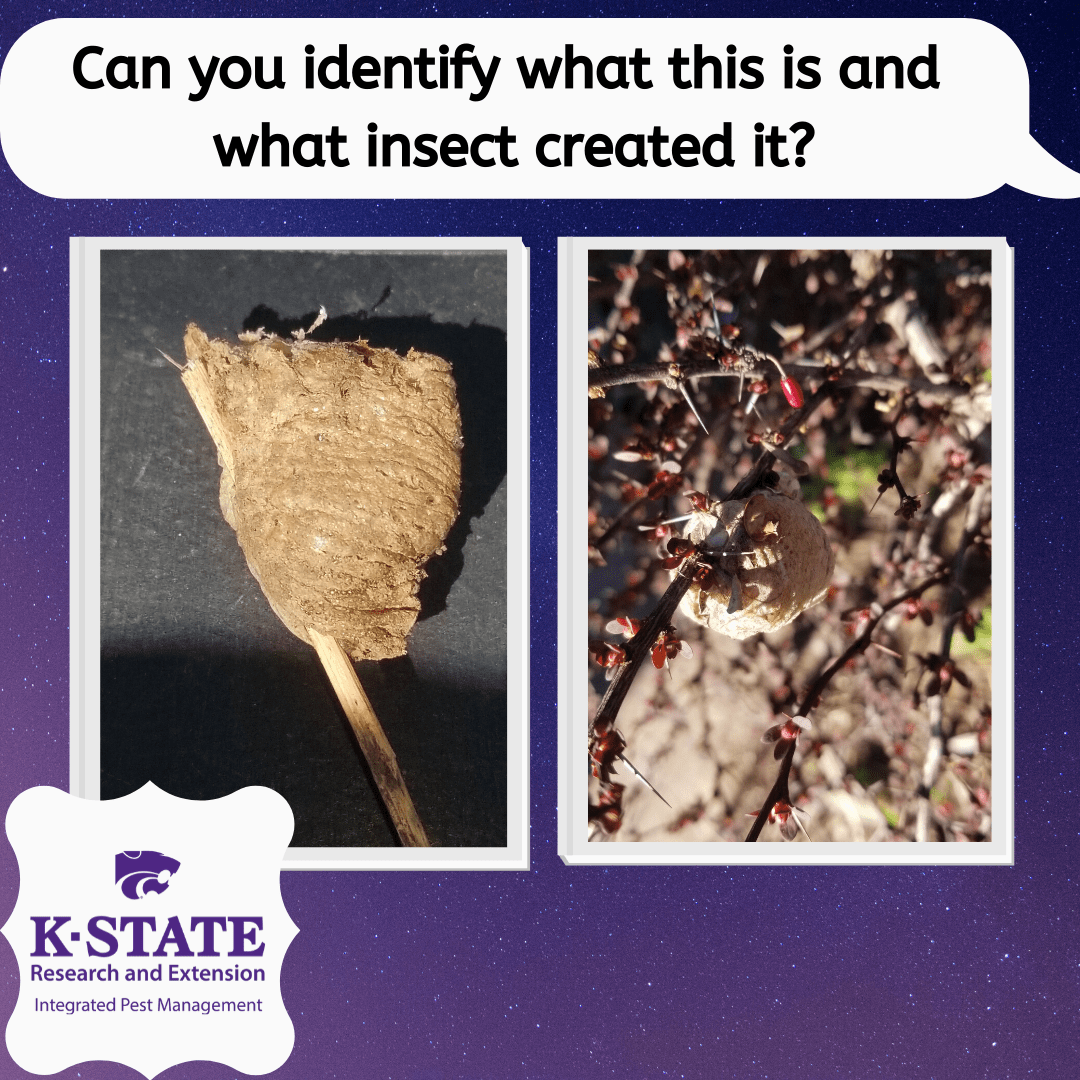–by Anthony Zukoff — Southwest Extension and Research Center
In May of 2021, the Insect Diagnostics program was brought back into service in an all-new digital format. Members of the public seeking assistance identifying an insect can access the Insect Diagnostics ID Request Form online. After providing observation information such as location and date of the sighting, followed by answering a set of questions intended to help with the identification process, one can then upload up to 3 photos and submit the form. The inquiry is then forwarded on to one of the entomology extension specialists. Within a few days, usually less than two, the identity of the insect along with appropriate life history information and/or control measures is then sent to the client by email or phone. The online submission process takes only a few minutes and can be accessed with desktop computers and mobile devices.
Between the initial launch in May and the end of September, Insect Diagnostics has processed 50 inquiries from 3 states. Kansas represented the majority of inquiries, but citizens of Colorado and Kentucky also utilized Insect Diagnostic’s services this year. Identification requests fell into several categories, from requests out of general curiosity to much more specific identification needs. The Home/Structural and General categories contained the bulk of this season’s inquiries (Figure 1). During the season, a variety of clientele reached out to our program for identification assistance. Homeowner’s submitted the most requests, followed by commercial pest control services (Figure 2). Government entities, independent agronomists and extension agents utilized our service as well.

Figure 1. Percent of total inquiries received for each request category during the 2021 season.

Figure 2. Percent of total inquiries received from each clientele category during the 2021 season.
While insects identified this season varied quite a bit, a few were more common in requests than others. Fall Armyworm was abundant in crops and lawns during the 2021 growing season and it showed up in requests frequently. As news outlets continued to report on the “Murder Hornets” in the Pacific Northwest, quite a few inquiries came in towards the end of summer for the unrelated, yet similar looking Cicada Killer wasp. Serious pests such as termites and bedbugs were identified several times and important control information was provided to the homeowners. Sometimes, inquiries were simply interesting insects that are not often observed, such as the Arkansas Clearwing moth (Figure 3.)

Figure 3. An Arkansas Clearwing Moth (Synanthedon arkansasensis). Photo by Jan Johnson, Shawnee Co.
The main season for insect activity may be coming to a close, but the Insect Diagnostics Program will continue to operate and accept online inquiries throughout the fall and winter. Insect Diagnostics would like to thank specialists Raymond Cloyd, Cassandra Olds, Jeff Whitworth and Frannie Miller for their contributions and expertise, which helped make the 2021 Insect Diagnostics reboot a success. If you need insect identification assistance, submit a request at https://entomology.k-state.edu/extension/diagnostician/.




